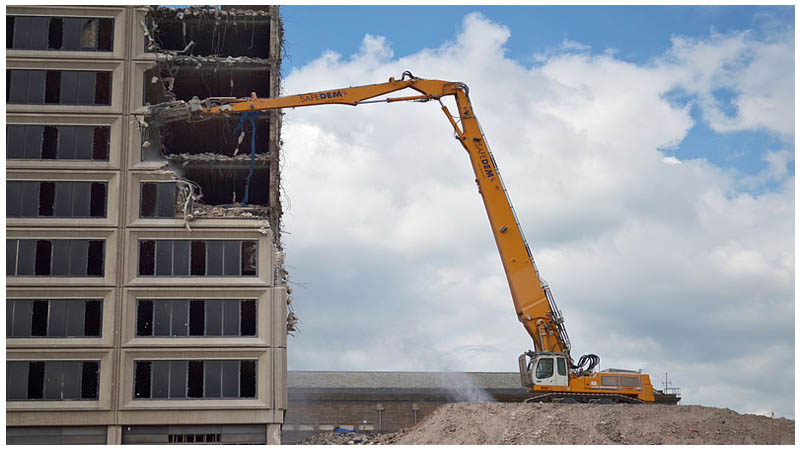“To transform the City of Dundee into a world leading waterfront destination for visitors and businesses through the enhancement of its physical, economic and cultural assets,” is the vision of the Dundee Waterfront project.
In essence, this project aims to convert 590 acres of land in the city of Dundee, Scotland, into five zones: Seabraes, a hub for digital media; Riverside, a sports & leisure and green space; Central Waterfront, a $700m investment focused on the financial sector; Dundee Port has 62 acres dedicated to renewable energy manufacture; and City Quay zone where 750 new homes will be erected, as well as commercial space, water-sports facilities and a new marina.
The development will use a modern grid-layout street plan, in contrast to the sometimes confusing maze of many of the U.K.’s old city centers, but designed so that no two blocks look the same.
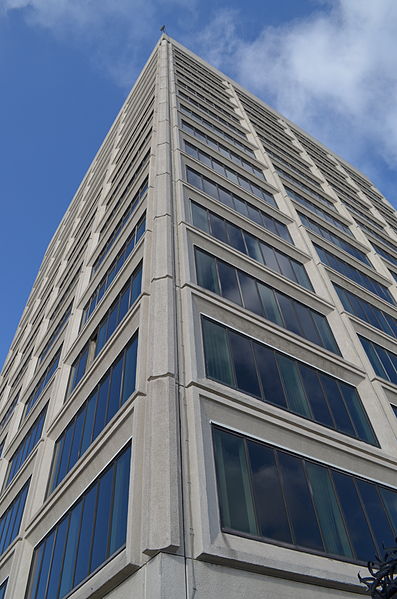
But before the Dundee Waterfront project was conceived as an idea, there, upon these same grounds, stood a 17 story building that “was voted the city’s least-loved building” according to the BBC. The Brutalist office block, Tayside House, was taken down in 2012 after a delay in the process that was initially scheduled to happen in 2010.
A Dundee City Council report on the Future of Tayside House and City Centre Office Accommodation, written in 2003, states that “A key element of the Central Waterfront Project is the demolition of a number of the existing 1960/1970s buildings and structures… with Tayside House (including Podium) being one of those buildings.”
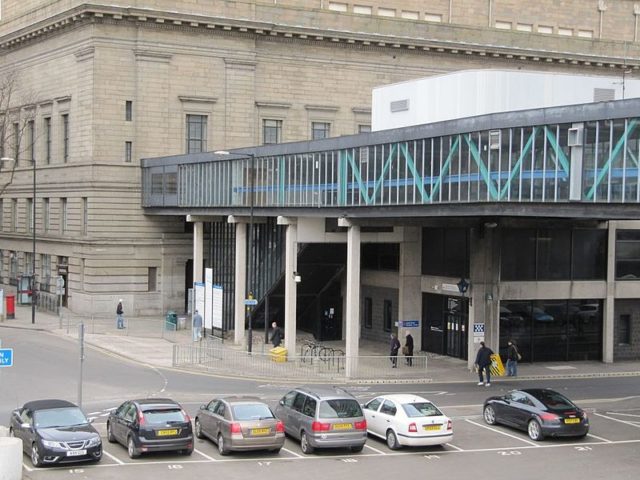
The demolition contract reached the sum of $1.2 million, almost half from the $2.5 million it took to construct this building.
It was designed by the architectural firm James Parr & Partners on behalf of Guardian Royal Exchange Assurance, born out of a merger between Royal Exchange Assurance and Guardian Assurance Company that took place in 1968 and on behalf of Ravenstone Securities.
The building was erected so that it could be leased by Tayside Regional Council. Their initial contract was for a 63 years lease, but the building only survived for 35. This council was formed following an Act of Parliament in 1973 and came into power just to two years later. They leased the building that same year, though it would take additional two for the council to move into it.
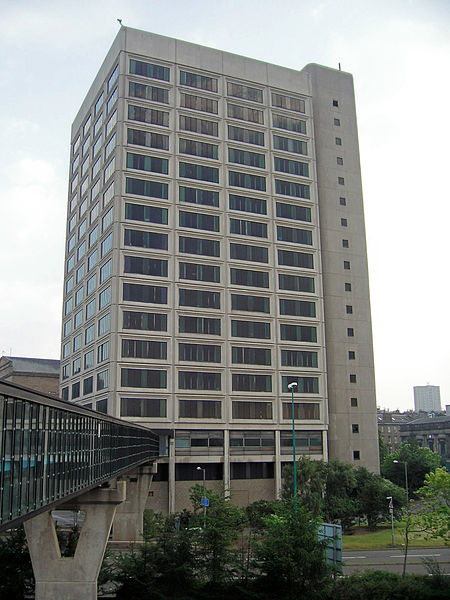
With the abolition of the Tayside Regional Council, the ownership of the building was transferred over to the three successor councils: Angus, Dundee, and the Kinross-shire. This happened in 1995, 17 years before the building was completely razed.
Hundreds of people worked in this building, all part of the Dundee City Council which purchased this property in 1997, paying $4 million for it. But the number of jobs lost is a far cry from the tens of thousands of jobs the Dundee Waterfront project is aiming to create.
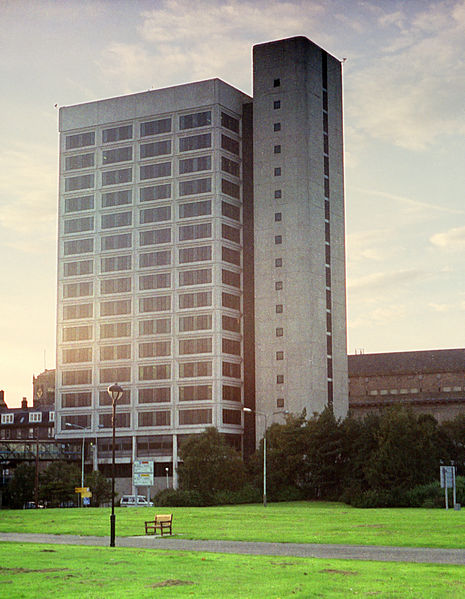
Safedem, a UK based demolition company was hired out of a pool of five bidders for the job of bringing down Tayside House.
No explosives were used during this process even though Safedem loves their explosives. “It is Safedem’s unique approach and attention to detail that makes it a leader in the field of explosives demolition,” declares their official website.
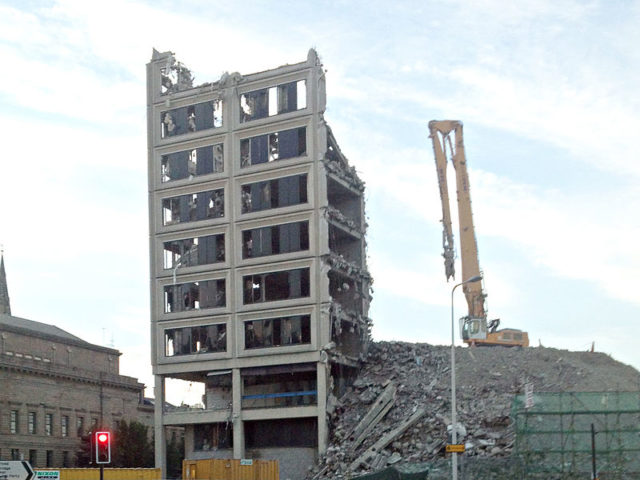
The Dundee Waterfront project is a “£1bn [$1.3bn] regeneration masterplan,” according to the BBC. The project puts green and civic spaces as a high priority, and will see a regeneration of the docks.
The project will create thousands of new jobs and, once finished, will attract great numbers of tourists to bring millions into the budget of Scotland.
Work currently underway at Dundee Waterfront includes the construction of a satellite of the Victoria and Albert Museum, V&A Dundee, which is due to open in September 2018, as well as a replacement for the Victorian railway station with an elegant ticket office and concourse, plus hotel and office space on the upper floors.
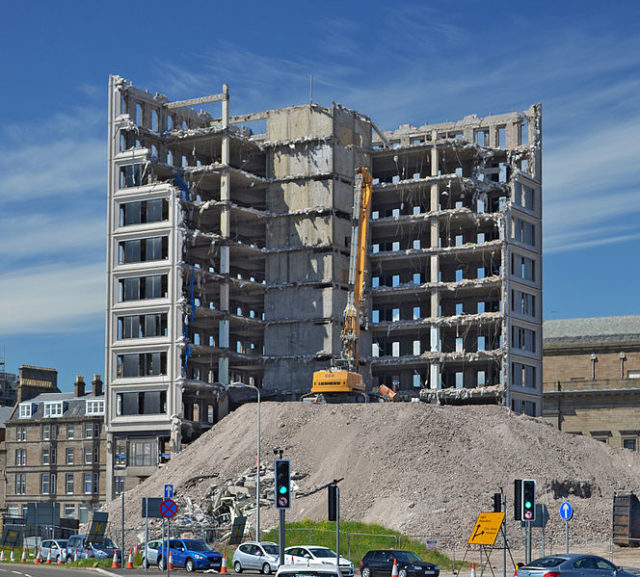
The concrete office block is now long gone and not a trace is left of this 190-foot-tall concrete giant that was once connected with the Olympia Leisure Centre via a tall walkway across the busy A991 road. The City Council are now housed in Dundee House in the city center.
